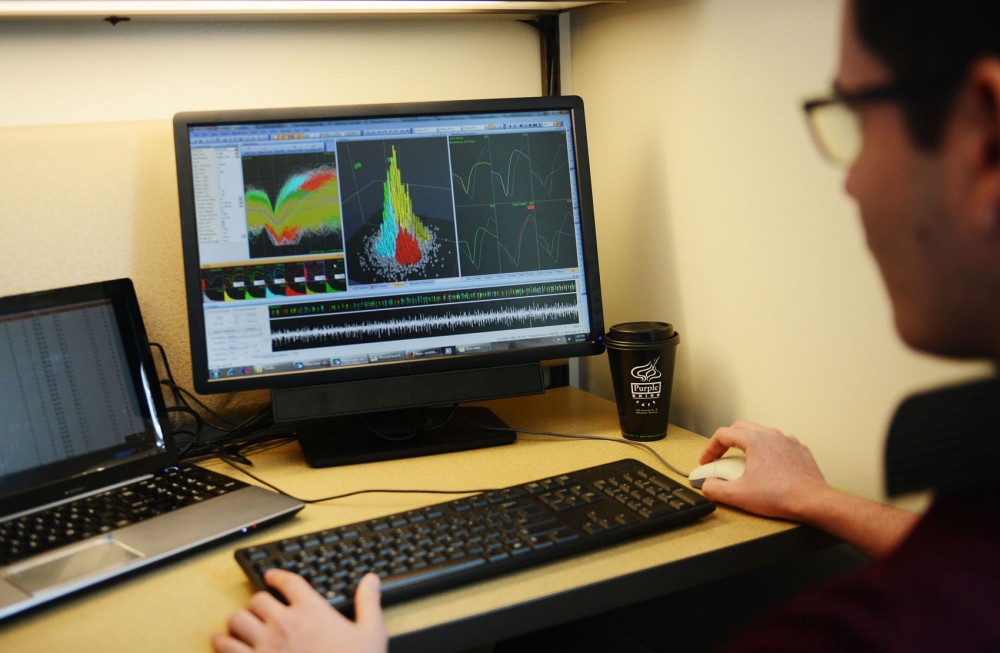Basem Al-Shayeb isn’t a typical undergraduate transfer student. He started his own student group, won third place in an international science competition and is now researching Parkinson’s disease. He credits a lot of it to new research opportunities being offered in his department.
For the past four years, the University of Minnesota has attempted to boost the research experience of students transferring into the College of Biological Sciences. Officials say these students are often less likely to participate in research work or gain industry skills before they graduate.
To address that concern, the college has developed the Undergraduate Science Education Program, which received $1.5 million from the Howard Hughes Medical Institute in 2010. With that money, the college has developed mentorship programs to match transfer students with research opportunities and has revamped introductory biology courses to include more authentic research.
“We want all of our students to do research,” said Robin Wright, associate dean for academic and faculty affairs and director of the HHMI program. “We’re a research university, and we really value that. We don’t want them to just learn about biology; we want them to do biology and to have opportunities to discover things.”
From 2007 to 2012, transfer students made up an average of about 18 percent of all students entering CBS annually.
Wright said transfer students are often the ones most likely to graduate without gaining adequate experience in research.
“It seems that, historically, transfer students are less likely to get involved in research once they’re here at the U than students who started as freshmen,” said Catherine Kirkpatrick, a teaching assistant professor in the biology department.
Kirkpatrick ran two HHMI-funded research programs last summer and teaches an introductory biology course affected by the grant.
The programs matched transfer students with post-doctorates who guided them through a 10-week research experiment, she said. Students could either research antibiotic resistance or bacteria living in marine life, and they were encouraged to ask questions that interested them, she said.
“It’s the process that’s important,” Kirkpatrick said. “You really learn about how research works by being involved in doing it.”
Undergraduate Research Coordinator Kelaine Haas is also currently running an HHMI research program that pairs transfer students with University faculty labs. Haas said this is “a traditional experience for any undergraduate,” but the program helps make those connections with researchers easier for students.
The college has also adjusted the introductory courses known as Foundations of Biology to offer more research experience. The courses are now based more on real-life problem solving than lectures and tests, Wright said.
“If you compare biology to art, what we were doing was kind of giving [students] a coloring book,” Wright said. “What we want to do is give them a blank piece of paper and say, ‘Envision what kind of questions you’re interested in. What would you ask? How would you go about in answering that question?’”
Biochemistry junior Enoch You transferred to the University two years ago without any research experience. When he signed up for Foundations of Biology, he wasn’t expecting so much freedom and lab work.
Because he hadn’t taken any biology courses before coming to the University, he said, he felt his knowledge of the subject was still too weak for the kind of lab work required of him in Foundations.
“It was my first time ever taking any college-level biology class,” You said. “I just wish we had a choice.”
For Al-Shayeb, the class and the HHMI fellowship he took last summer opened up a series of opportunities, with his team winning bronze in the International Genetically Engineered Machine competition last year.
“I think that was all thanks to the class that I took, because that really prepared me for … the industry, real-world experience,” he said.


